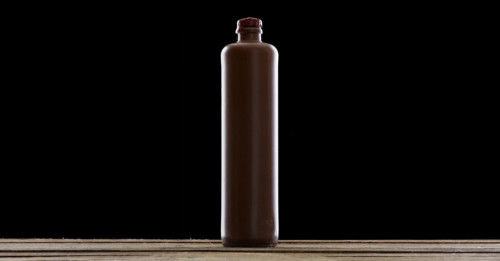Genever (Jenever) Essential Info
- Color: Extremely pale to light amber
- Region: The Netherlands, Belgium, parts of Germany and France
- ABV: Approx. 40%
- Aged: Can be aged but doesn’t have to be; often aged in oak barrels
- Made from: Malted barley, rye, corn
- Commercial Examples: Bols, Boomsma, Anchor Genevieve, Diep9
- Popular Cocktails: More often drunk neat, either ice cold or at room temperature
Genever. The great, mysterious, malty granddaddy of gin. Like many modern day intoxicants (the legal kind), Genever started out life as a medicine, basically a barley malt wine that was distilled to 50% ABV, intended to cure the 16th Century Dutch of, well, whatever was going around back then (one guess, a lot). The barley spirit was less than refined, so Dutch pharmacists turned to the strongly flavored juniper berry to mask its intensity (kind of like fighting fire with fire?).
The juniper connection absolutely marries genever to gin, but genever is also a little bit like Scotch. Whereas gin is generally made by infusing a neutral grain spirit with a mixture of botanicals (which must always include juniper), genever is made by distilling a grain-based mash (of malted barley, rye, and corn) and then re-distilling some of that mash with juniper. The juniper-infused distillation is blended with the non-juniper distillation to the desirable balance of delicate malt and juniper that characterizes the style.
And that’s where some of the more fun genever terminology comes into play (if you want to blow friends’ minds at a party, mention your preference for Jonge Genever). Oude genever is the “old” style, meaning it’s made with more of the malt wine (minimum 15%) and less neutral spirit, while jonge genever is the “young” style, with a max of 15% malt wine and the rest neutral spirit—resulting in a much lighter, more approachable spirit. Jonge genever came about in part in response to changing preference, but also as a factor of column-distillation, and the affordability of making neutral spirit. Wood aging, of course, will also impact the spirit in both color and flavor (subtle spice, citrus, vanilla, dried fruit, etc.)
The flavor of genever is basically an interplay between malt and juniper (and optional wood) characteristics, much more neutral in jonge, and a bit more pronounced in oude. Because genever’s a fairly scarce product, you likely won’t have as much chance for exploring it as in depth as you would, say, Scotch. But if you’re ever in Belgium or The Netherlands, where genever is basically a national spirit, have at it. Just bear in mind, Korenwijn (the oldest style) is 51 to 70% malt wine-based. It’s going to taste…intense.
